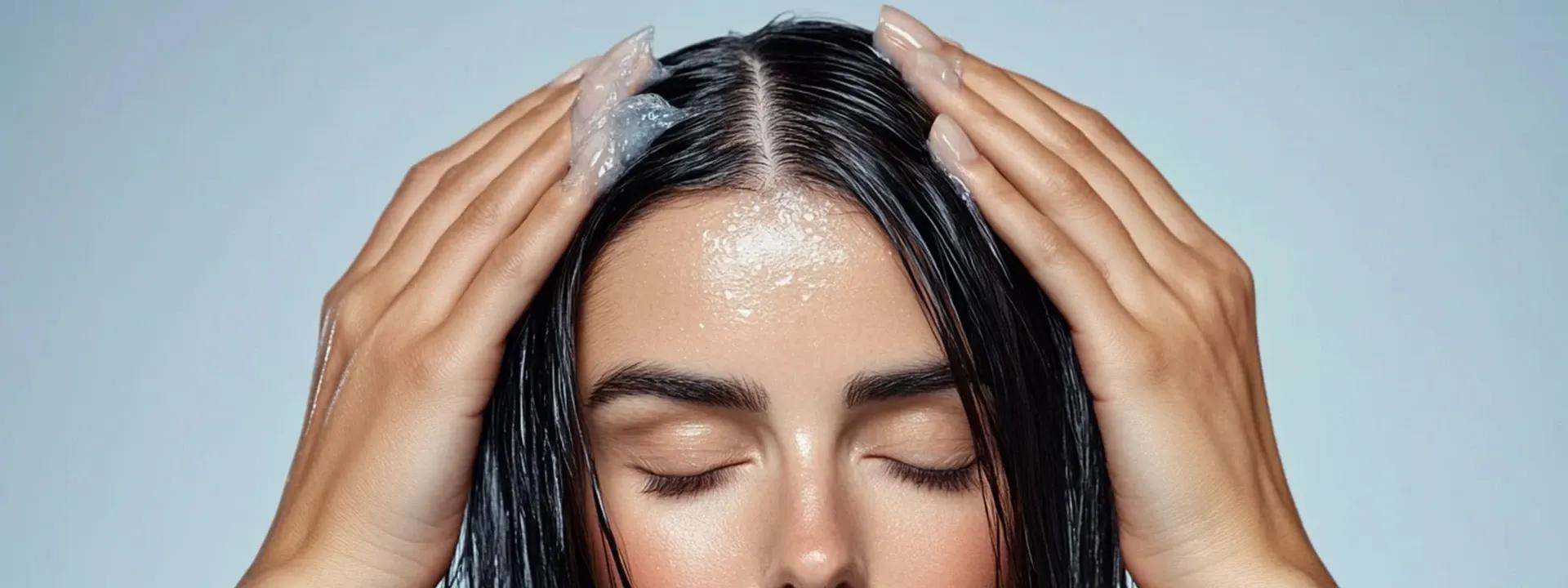Your hair fall shampoo works even better when it's part of a complete routine. Consider adding a scalp serum with ingredients like minoxidil or natural DHT blockers. Weekly hair masks can provide extra nourishment, whilst regular scalp massages boost circulation naturally.
Natural Hair Loss Remedies to Complement Your Routine
Sometimes the best solutions come from nature. Natural hair loss remedies can work alongside your regular shampoo to give you better results. **Rosemary oil** has been shown to be as effective as some chemical treatments when used consistently.
**Green tea rinses** are packed with antioxidants that protect hair follicles from damage. Simply brew strong green tea, let it cool, and use it as a final rinse after shampooing. **Onion juice** might sound grim, but it's rich in sulphur, which supports keratin production.
DIY hair masks using **egg whites, coconut oil, and honey** can strengthen hair whilst providing deep nourishment. These natural treatments are gentle enough to use weekly and won't interfere with your regular hair fall shampoo routine.
Monitor Progress and Adjust Your Routine
Let's set realistic expectations here. Hair growth is slow, and noticeable changes typically take 3-6 months of consistent use. Don't expect miracles overnight—hair has its own timeline, and patience is key.
Keep track of your progress by taking photos monthly and noting changes in hair thickness, scalp health, and overall volume. If you're not seeing any improvement after 6 months, it might be time to consult a dermatologist or trichologist for professional advice.
Sometimes adjusting your routine—switching shampoos, changing frequency, or adding complementary treatments—can make all the difference. Your hair's needs might change with seasons, stress levels, or age, so staying flexible is important.
Common Mistakes to Avoid in Hair Fall Control
Even with the best intentions, it's easy to sabotage your hair fall control efforts. **Over-washing** is probably the biggest mistake—it strips natural oils and can make your scalp produce more oil to compensate.
**Harsh styling** practices like tight ponytails, excessive heat, or aggressive brushing can cause mechanical damage that looks like hair fall but is actually breakage. Be gentle with wet hair, use heat protectants, and opt for loose hairstyles when possible.
Ignoring your scalp health is another common error. Your scalp is the foundation for healthy hair growth, so conditions like dandruff, irritation, or clogged follicles need attention too.
Frequently Asked Questions
Can hair fall shampoo regrow lost hair?


 200 ml
200 ml